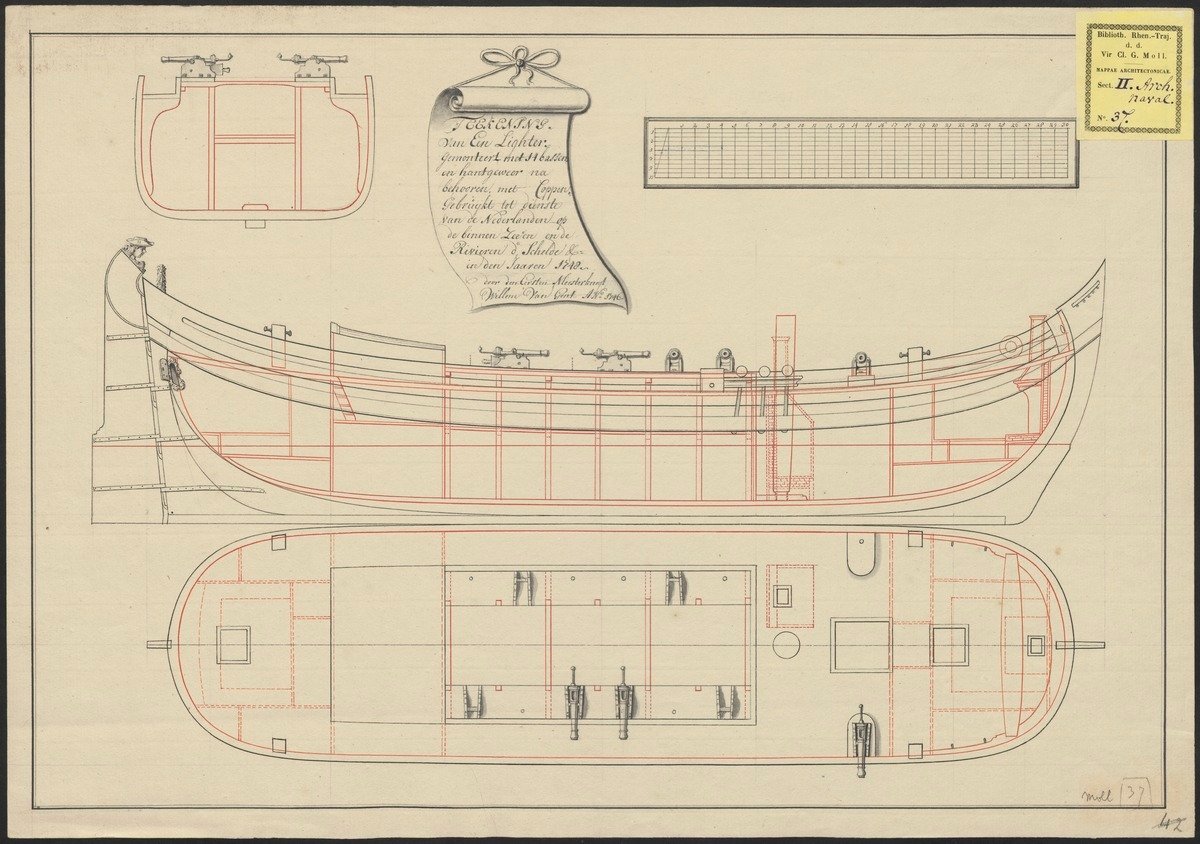Moll collection
The collection of a scientific omnivore who was rarely at home
About 1,500 maps, atlases prints, drawings and approximately 1,000 books are part of the Moll collection. Nowadays Utrecht professor Gerrit Moll (1785-1838) is almost forgotten, but his private collection of maps, drawings, instruments and books which he left to Utrecht University Library can still be consulted. His collection is a splendid reflection of his scientific efforts and wide range of interests.
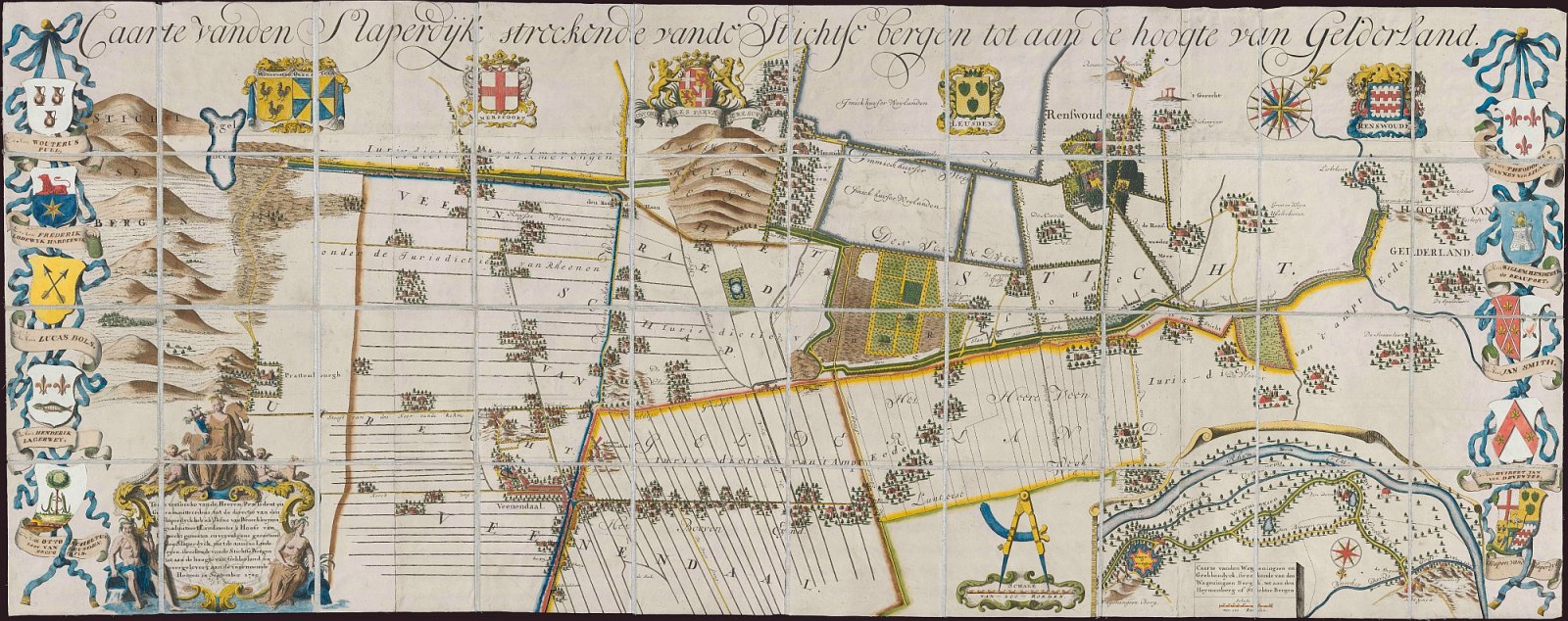
The so-called ensemble value, the scientific value of the collection as a whole, may be called extraordinary. Utrecht University Library develops several initiatives to draw attention to the underlying subcollections. They have been digitised, and for instance Moll's hydraulic maps, fortification maps and astronomical maps have been georeferenced. As a result they can be viewed online and easily compared with maps of today. In this way Utrecht University Library makes the Moll collection accessible in the best possible way for researchers, lecturers and students, and of course for anybody with a historical interest in the various disciplines in which Moll was familiar.
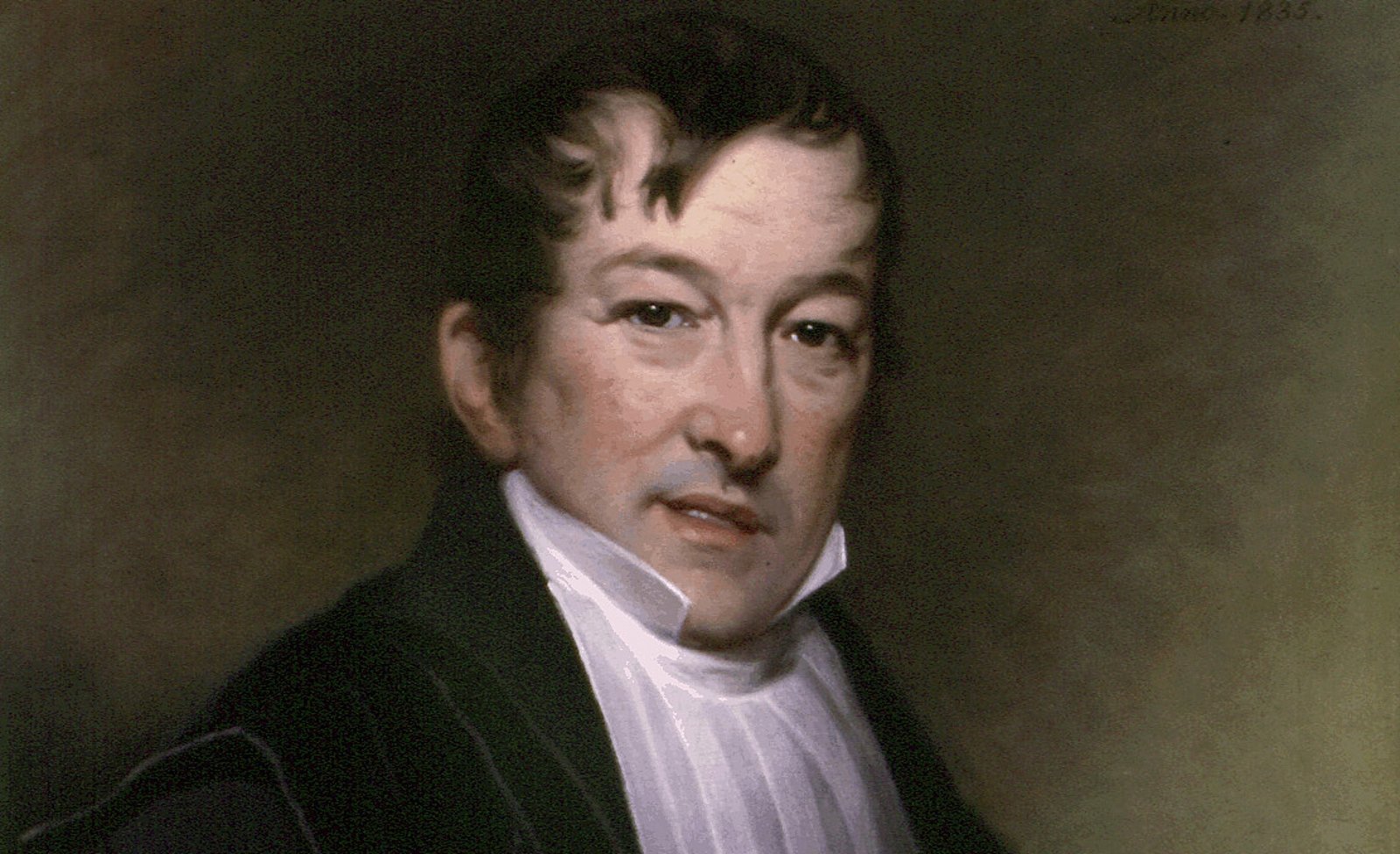
The man behind the collection
Moll was born in an Amsterdam merchant family. He is expected to follow in his father's footsteps. During his youth he comes into contact with seamen and he becomes interested in shipbuilding, navigation, astronomy and mathematics. In Amsterdam he follows math lessons by Keyser and Van Swinden. A career in trade no longer interests him and in 1806 he takes his Bachelor exam in Philosophy at the University of Leiden. Between 1810 and 1812 he finishes his studies with the famous astronomer Delambre. Immediately after his studies he becomes director of the Utrecht observatory in 1812. A few months later he is appointed professor in mathematics and astronomy. A few years later it also becomes his task to put Physics on the map in Utrecht. As early as the academic year 1818-1819 he has the position of rector of the university. Until his death in 1838 he remains connected with the University of Utrecht.
Rarely at home
During his career Moll often stays abroad. Particularly Great Britain is a favourite destination and he receives honorary doctorates in Edinburgh and Dublin. That is also the case in Utrecht, but his frequent absence from his Alma Mater is frowned upon by his colleagues.
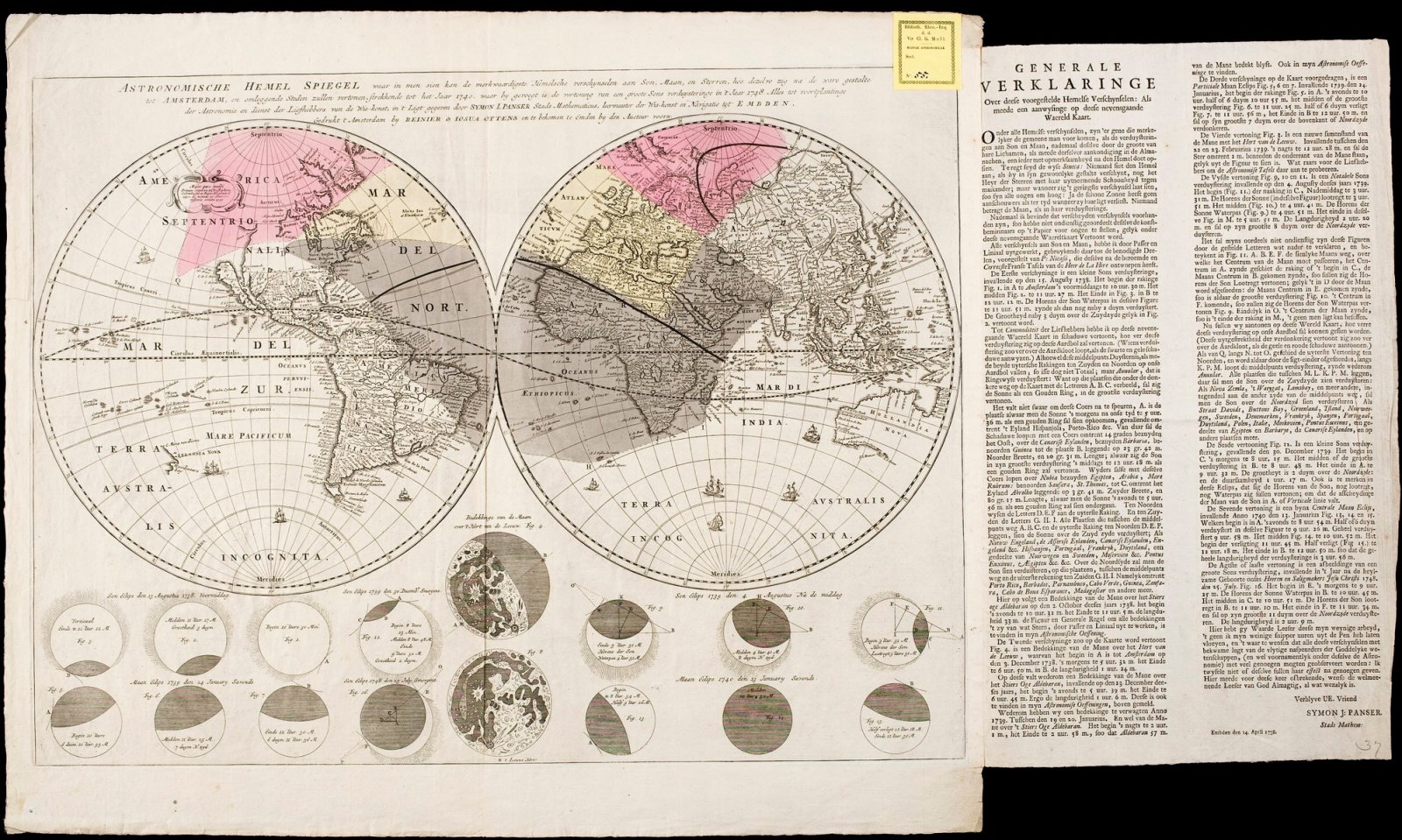
All-round and unknown
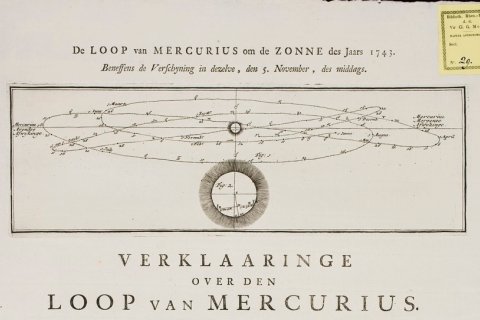
Moll makes a few important astronomical observations, such as the transit of Mercury across the sun on 5 May 1832 and he writes in international publications about the Dutch observations. In his collection also prints of earlier observations are found, including the one of Mercury. In the field of Physics Moll carries out research in 1823, together with Van Beek, into determining the speed of sound. Moll acquires a large set of instruments for all experiments, which he sometimes paid for out of his own pocket. Government subsidies were very limited at the time, and besides: Moll was well off.
Moll develops into a practical man; he enjoys the use of physics in everyday life. He is a great teacher and a good speaker. Moll's practical side also manifests itself by his work for the Dutch committee that researches river diversions. He composes the final report with recommendations to prevent river floodings in the future. This committee advised on river diversions, greatly supported by King Willem I, which were later executed to a large extent.
Furthermore Moll joins committees for the improvement of nautical maps and for promoting the uniformity of weights and measures. Also these recommendations were carried out, leading to standardisation. Finally, he occupies himself with things as steam ships, fire engines and diving bells. Could it be that the great variety in Moll's activities, after all there is not a single discipline that really stands out, has resulted in his obscurity nowadays?
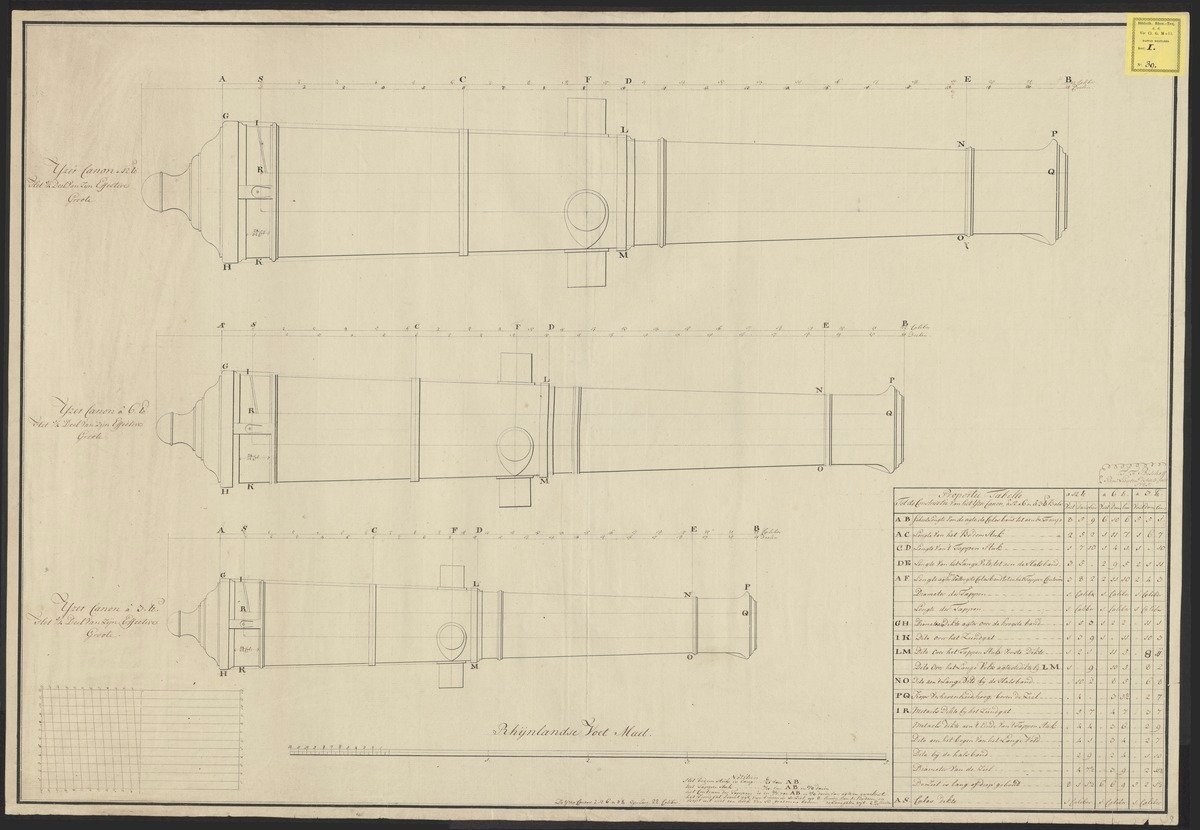
Compiling a private collection
Moll's private collection grew gradually. He mainly bought his instruments in London, sometimes in Paris and Liège. Instruments made abroad were of a higher quality. During his many travels he also bought all kinds of map material. But that does not mean that Moll built his collection haphazardly. The collection was compiled with a particular focus. Moll wanted to use his collection to support his own scientific activities and his work for society. There are beautiful subcollections with hydraulic maps, astronomical maps and sea charts. In addition, Moll left many instruments which are now housed in the Utrecht University Museum. The considerable subcollections with hand drawn maritime models, designs for instruments and architectural drawings. You will see a small yellow sticker in the top right hand corner of the maps from the Moll collection. This is because the collection is a legacy to Utrecht University Library and at reception the maps were put in folders and received a number. On the stickers you will find a folder number, followed by a serial number. Very familiar.
Author
